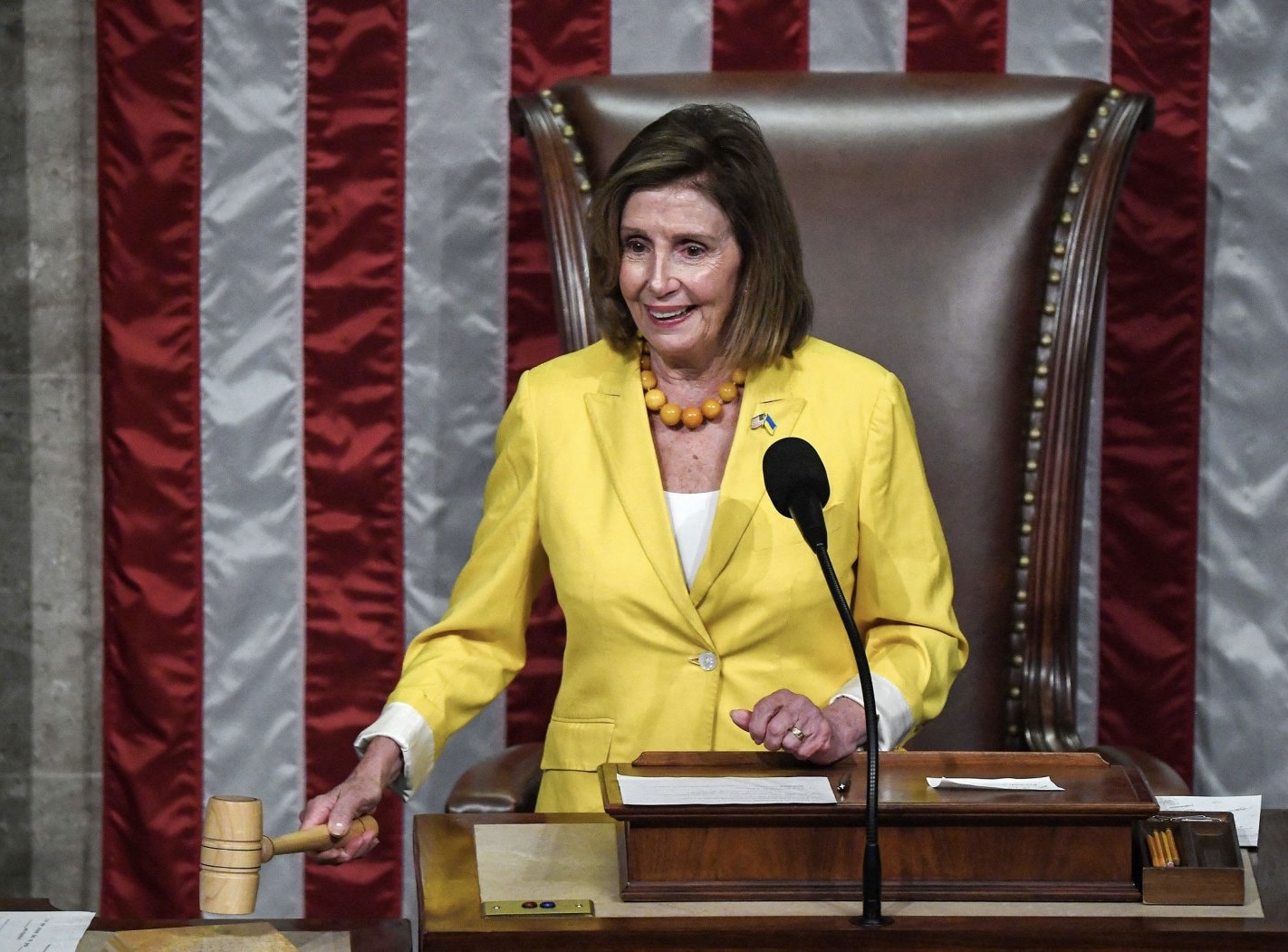Democrats Express Outrage Over Trump’s Alleged Plan to Sell the Nancy Pelosi Federal Building
The proposal by the Trump administration to sell the Nancy Pelosi Federal Building in San Francisco and another government property at 50 United Nations Plaza has sparked significant controversy, particularly in California. While the administration argues that the sale is a part of a broader strategy to reduce federal costs, critics view it as a politically motivated attack on a prominent Democratic leader, Nancy Pelosi, and a symbol of the state’s progressive influence.
The Trump administration’s rationale behind the sale centers on cost-cutting measures. By selling federal properties and transitioning to a leasing model, the government would avoid the high maintenance expenses associated with owning large buildings. Federal agencies could lease office space only when needed, providing greater flexibility and reducing long-term financial burdens. Officials argue that this approach would streamline operations and better align federal property management with modern needs.
However, critics, particularly from California, have questioned the political nature of the move. The Pelosi Federal Building, named after the House Speaker, is seen as a symbol of the state’s political dominance. Opponents of the sale argue that targeting a building named after Pelosi is not just a fiscal decision but a political one, meant to undermine a key Democratic figure. Former California Representative Jackie Speier denounced the plan, emphasizing that while leasing could cut short-term costs, it might lead to higher long-term expenses, including rising lease prices and property taxes, which federal agencies typically don’t have to pay. Speier and others see the proposal as a deliberate act of retribution against Democrats in a state known for its progressive policies.
The Trump administration’s stance is that by leasing federal properties, agencies can reduce waste, improve efficiency, and minimize the size of the federal bureaucracy. This shift is part of a larger initiative to reduce government expenditure and promote innovation and flexibility within federal agencies. Additionally, President Trump has signed executive orders aimed at scaling down federal agencies and reforming how the government operates, with a focus on efficiency and lower spending.
The broader strategy of reducing federal waste also includes selling other properties, such as the Leo J. Ryan Federal Records Center. However, many question whether the financial logic behind this shift is sound. Critics warn that the financial stability provided by federal ownership could be lost if agencies are forced to lease space, and the move could lead to unpredictable long-term costs. They also argue that selling federally owned properties may diminish public trust in government institutions, particularly when the properties hold historical or cultural significance.
Beyond fiscal considerations, the sale of high-profile buildings like the Pelosi Federal Building also raises symbolic concerns. Many view such iconic structures as integral parts of the nation’s heritage. The controversy over the proposed sale has drawn significant attention from local advocacy groups, who argue that historical federal properties should be preserved for the public good. The Pelosi Federal Building, in particular, is seen as a national landmark with deep connections to California’s political history. Its sale is viewed by some as a political statement that undermines the achievements of Democratic leaders and California’s progressive values.
State officials, including former Senator Barbara Boxer, have also weighed in, stressing that dismantling successful government programs could have long-term negative effects on the nation. Boxer warned that the sale of public assets like the Pelosi building is a dangerous precedent, suggesting that such moves risk destabilizing the political landscape and eroding public confidence in federal institutions.
The political implications of the sale extend beyond California, with the Trump administration’s cost-cutting initiatives attracting national attention. Some see this as a part of a broader conservative agenda to reduce the scope of the federal government. In contrast, others believe that these actions are driven by political motives, with the sale targeting Democratic strongholds and figures such as Pelosi. The debate reflects ongoing tensions between federal authority and state autonomy, with critics questioning the role of the federal government in managing public assets, especially when decisions appear to be influenced by partisan considerations.
The proposed sale is not just a matter of fiscal policy but a highly charged political issue. Legal experts caution that the decision to sell these properties could lead to litigation, particularly if stakeholders challenge the sale on the grounds of public interest and historical preservation. The implications for public trust are significant, with many questioning whether reducing costs at the expense of historical and cultural assets is a prudent course of action. While proponents argue that the move will save taxpayers money and increase government efficiency, critics contend that the broader social and political ramifications could outweigh the potential financial benefits.
As the debate over federal property management continues, it will be closely watched by both political leaders and the public. The outcome of this controversy may shape future decisions about how federal assets are managed and the role of government in balancing efficiency with the preservation of public trust. The proposed sale of the Pelosi Federal Building and other high-profile properties is a crucial moment in this ongoing debate, with potential consequences for both national policy and the public’s relationship with federal institutions. As the situation unfolds, the political, economic, and cultural implications will continue to fuel discussions about the proper management of federal assets and the balance between state and federal powers.
